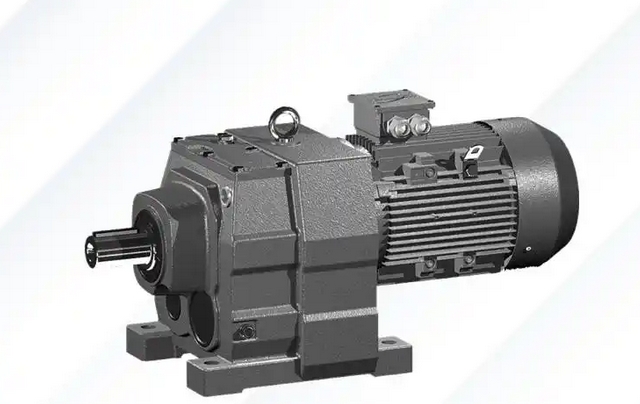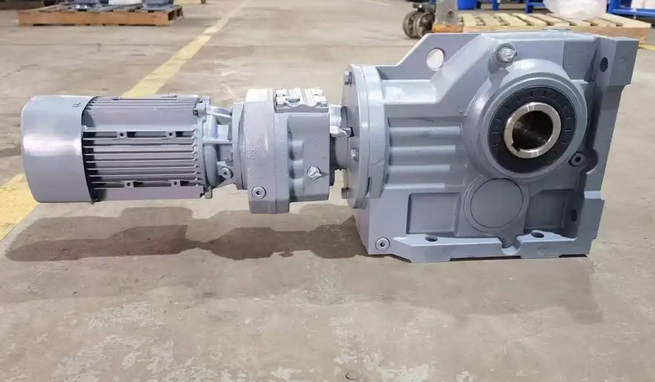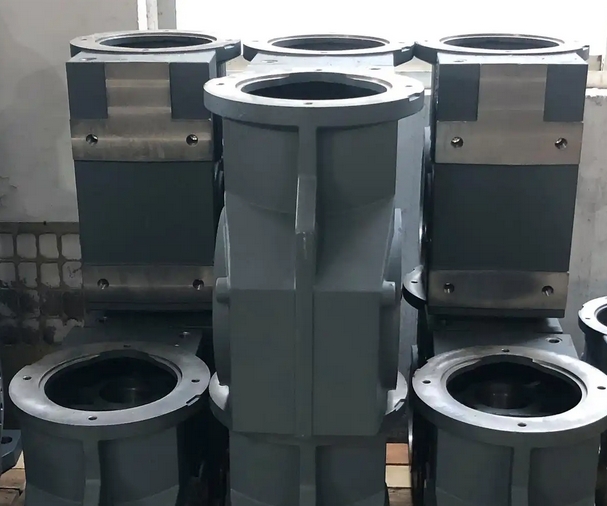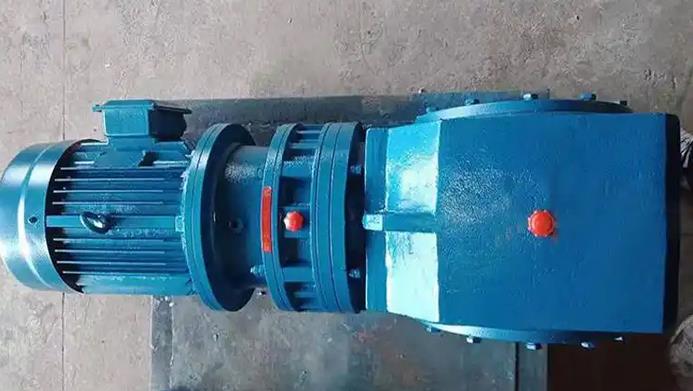How to determine if the load of WHS125-40-IF worm gear reducer is normal
To determine whether the load of WHS125-40-IF worm gear reducer is normal, the following testing methods need to be combined:1. Temperature monitoring
Oil temperature and box temperature: Use an infrared thermometer to measure the surface temperature of the box, indirectly reflecting the oil temperature. During normal operation, the oil temperature should be ≤ 80 ℃ (≤ 90 ℃ when the ambient temperature is ≥ 35 ℃), and the temperature rise (oil temperature ambient temperature) should be ≤ 40 ℃. If the temperature rises above 10 ℃ or continues to exceed 90 ℃ within 1 hour, it may result in excessive load or poor lubrication.
Bearing temperature: When the temperature of the bearing seat is more than 15 ℃ higher than other parts of the box, it is necessary to check whether the friction overheating is caused by excessive load.
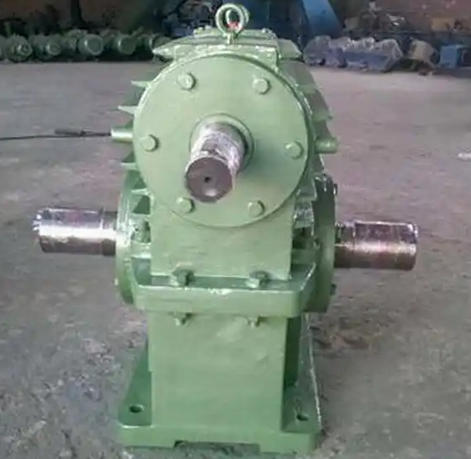
2. Vibration and noise analysis
Vibration amplitude: The vibration should be sensed by hand or measured with a dial gauge, and the amplitude should be ≤ 0.1mm. High frequency shaking or abnormal vibration may result in uneven load or abnormal meshing.
Noise characteristics: Normal operation produces a smooth mechanical sound. If there is a "harsh friction sound" or "impact sound", it may indicate overload or internal wear.
3. Lubrication status inspection
Oil level and quality: The oil level should be between the upper and lower limits of the ruler, and the oil quality should be transparent and free of metal debris. Emulsification or turbidity indicate lubrication failure, which may be caused by excessive load leading to oil film rupture.
Oil pressure test: Some models are equipped with oil pressure sensors, and abnormal pressure (such as below 0.1MPa) indicates load overload or oil circuit blockage.
4. Dynamic load testing
Comparison between no-load and load: Record parameters such as current and speed when unloaded, and compare data when loaded. If the current exceeds the set value by 10% or the speed drops significantly, the load may be too heavy.
Power off self-locking test: After cutting off the power, the worm gear should quickly stop. If the load inertia continues to rotate, the self-locking function may fail or the load may exceed the design range.
5. Mechanical condition inspection
Worm gear wear: Disassemble and inspect the tooth surface. If pitting, peeling, or tooth thickness wear exceeds 10%, reduce the load or replace the component.
Bearings and seals: Excessive bearing clearance or seal oil leakage (more than 1 drop of oil leakage in 24 hours) may be caused by load impact.
Typical manifestations of abnormal loads
Continuous high temperature: oil temperature>90 ℃ and ineffective cooling.
Vibration mutation: The amplitude suddenly increases from 0.05mm to over 0.2mm.
Abnormal current: The operating current exceeds the set value by 15% and there are no other reasons.
If it is confirmed that the load is abnormal, it is necessary to adjust the input torque or check the matching of the transmission system (such as motor power, coupling alignment).


